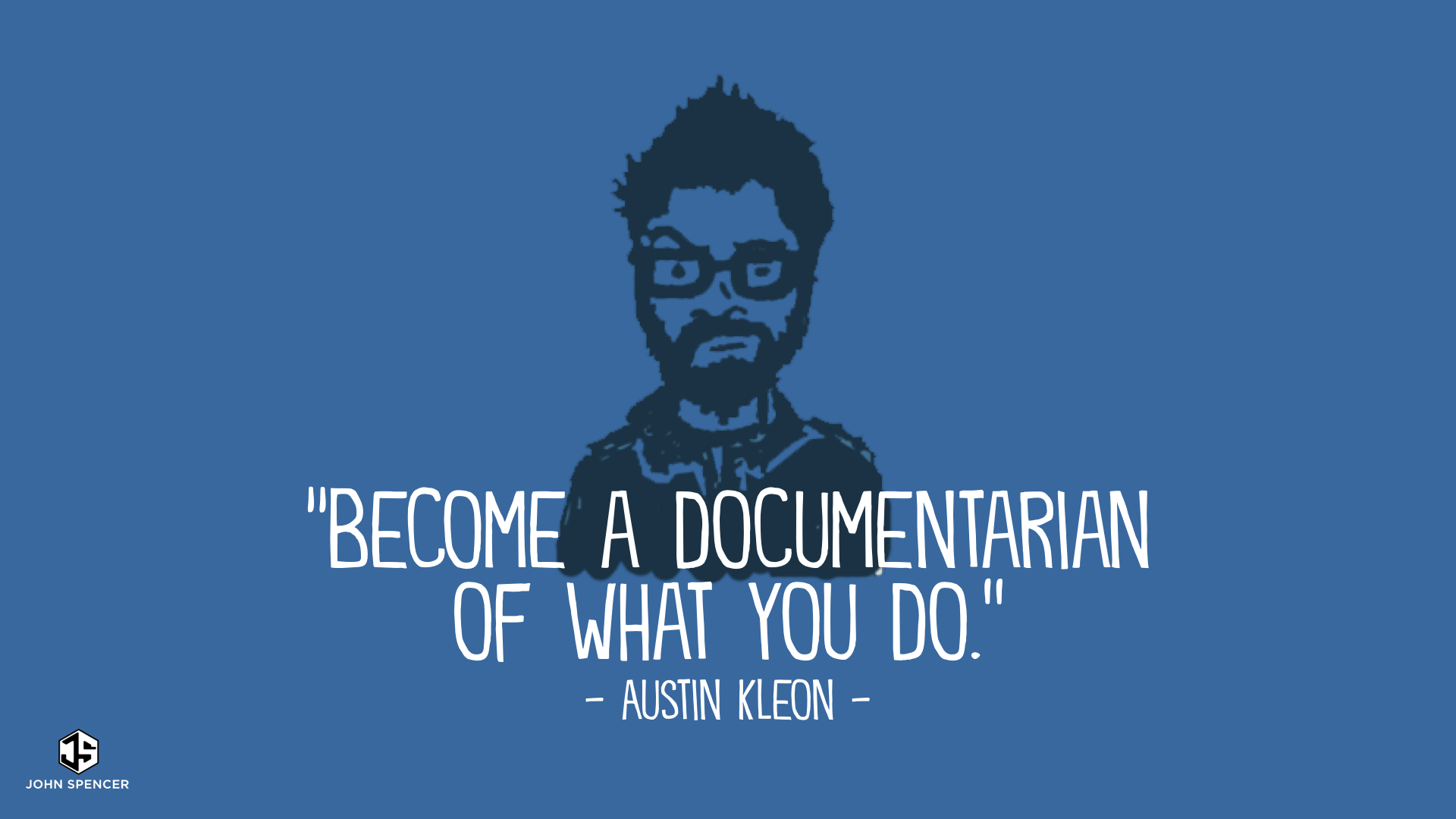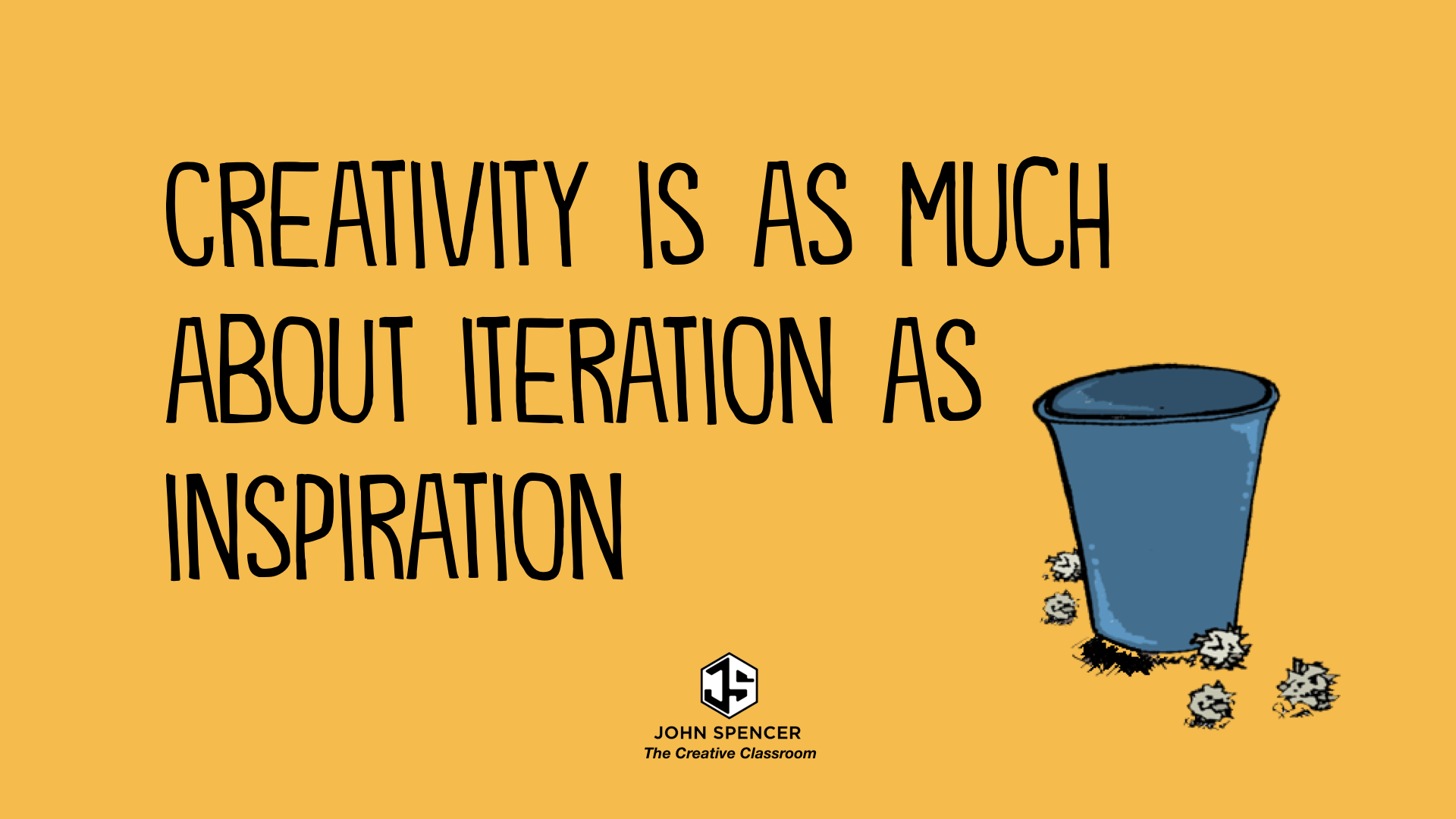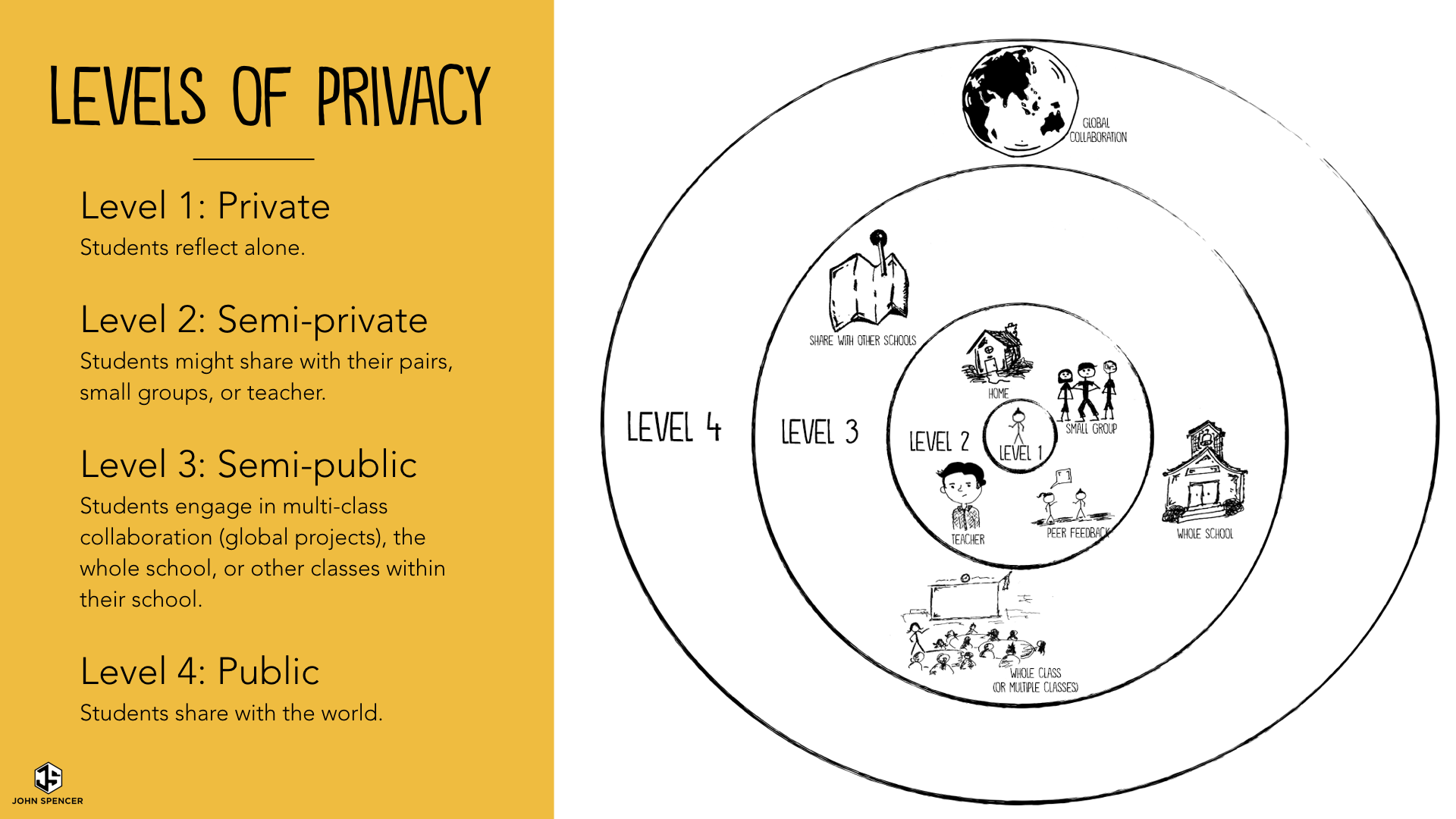When I was a kid, I loved watching reality TV. Okay, it wasn’t really reality TV. It was PBS. However, I would watch an entire season of This Old House, as Bob Vila walked viewers step-by-step through a cumbersome restoration process. This never included a “choose these three options” or “surprise ending.” Instead, the homeowners were part of the process; and, on some level, so were the viewers. Although the progress was slow, I felt like I actually learned how home improvements happen. True, you didn’t get the “big reveal” that you get on HGTV shows.
This was the same way I felt watching Bob Ross paint happy little trees. I knew there were better artists out there. My mom had taken us to museums with famous paintings. But I loved watching Bob Ross. The more I watched Bob Ross, the more I wanted to paint on my own.
The same goes with the segments on Wonderful World of Disney, where I got the chance to see how they animated the films. I loved seeing the painstakingly slow process of animation. I also loved watching the field trips with Mr. Rogers, when we would leave his neighborhood and visit a factory or a shop to learn about how they made crayons or built a table.
You would think this demystifying element would destroy the magic, but that’s not what happened. Instead, I realized that making is magic.
I felt inspired.
I remember as a child looking around my house at one point and realizing, “Holy crap, someone made this stuff. Someone started with an idea and made a design and now it’s in our house.” I wanted to learn more about how things were made. And, ultimately, that curiosity inspired my creativity.
On a much more shallow level, we watched the Tiger Tomato channel with pancake art:
I nodded and grinned. An hour later, we were at the store buying pancake supplies and figuring out what kind of bottle we would need. Our pancakes were less than impressive. But that’s okay. For a week, we made pancake art and explored the best methods for getting the textures and colors right.
Showing Your Work
Austin Kleon describes this as “showing your work.” It’s the idea that we should share our creative journey with others. It’s what happens when you make videos showing your creative process or when you share snapshots of your work on social media. It’s what happens when you put yourself out there in a creative community. I love this quote from Kleon’s book Show Your Work:
You see this with kids who engage with an online community centered around their interests. I saw this when a girl in my eighth-grade class showed me the five novels she had already published on Wattpad and then shared her Tumblr where she asked for feedback in the characters and plots she developed. I noticed this when my kids started playing Minecraft and began watching and creating Minecraft videos.
Henry Jenkins describes these as “participatory cultures.” He includes the following elements:
- Low barriers to participation
- Strong support for sharing
- Informal mentorship
- Members who believe their contributions matter and value the participation of others
- Social cohesion
Participatory cultures remind us that creativity isn’t a solitary endeavor. It is nearly always to and from a community. Great ideas rarely happen in isolation. Instead, they are a part of the constant sharing back and forth of what we are learning, doing, and making. This is why it’s so valuable to show our work.
Seven Reasons to Show Your Work
I’ve been thinking about this idea of “showing your work.” A few weeks ago, I wrote a post describing how I refine my lessons. I almost didn’t post it, because, honestly, who wants to read a post describing how to modify a unit plan. To my surprise, it was one of the most read posts the entire month.1. Showing your work encourages metacognition.
When you show your work, you are forced to communicate what you did and how you did it in a way that others understand. It becomes a chance to reflect on your work but also clarify misconceptions and catch any blind spots.2. Innovation skyrockets when people show their work.
I’ve written before about what Pixar can teach us about creativity.Edward Clapp, a researcher at Project Zero, reminds us to look at creative ideas as stories with their own biographies. Instead of focusing on a single founder, what you see is that great ideas are often the result of a network of information in a community of transparency. When you show your work, you are helping to build this type of community. In the process, you are sharing your mistakes and building trust through vulnerability.
3. They become mentors.
You see this when students share their process with the world. As they realize that others are watching and noticing, they internalize the idea that they are creative thinkers and problem-solvers. I’ve seen this with my pre-service teachers. When they work on their professional educator blogs, they often move from simply writing introspective posts to sharing ideas of what works in their classrooms. As this happens, they are able to help others in the larger educational community.In other words, they begin to mentor other teachers.
Think of the last time you were stuck in how to do something. Where did you go for an answer? It’s possible you called someone on the phone, but there’s a higher likelihood you went to YouTube or you visited a website. When this happens, there’s an informal mentoring process going on. Too often, we think our work isn’t anything special, because it doesn’t seem new or impressive. But there’s a good chance it’s new and impressive to someone.
4. It can lead to collaborative partnerships.
When I think of my favorite collaborative projects, I notice a trend. They are nearly all people I met years ago on Twitter. What began as an exchange of ideas eventually became a chance to show our work and that morphed into a collaborative relationship. In some cases, these fellow educators have become close friends.I saw the same thing two years ago when my son was encouraged to share his work and his process with his classroom peers. He not only began to view himself as an author, but he also saw his peers as fellow authors in a sort of author’s guild. That summer, he organized an online writer’s workshop, where they all shared their unfinished pieces with one another. Here, they also shared their journey, engaged in goal-setting, and talked about their frustrations. It was chaotic and informal but it was also powerful.
At one point, they began co-writing stories and persuasive posts together. The sharing of their craft led naturally to collaborative projects. In the following video, I share the distinction between collaboration and cooperation:
5. You can change the narrative.
This is especially true of teachers. There are so many stories of how awful schools are and how out-of-touch teachers are. However, when students share their learning journeys with the community, it changes the narrative by showing evidence of the great things happening in your classroom. My friend Tim Lauer use to walk around taking snapshots of the creative work his students were doing. This affirmed the creative voice of the students but it also honored the creative work of the teachers who worked as architects of innovation in his school. It wasn’t self-promotion. Nor was it branding. It was simply storytelling at its core. And it was awesome.There is a powerful narrative right now telling the world that our schools are all broken and teachers are merely powerless pawns in the system. Cogs in a wheel in a factory style education system. It’s a popular theme in articles and news stories and even keynotes. But I don’t buy it. I think there are amazing creative things happening all around us if we’re willing to look . . . and when we’re willing to share.
6. Sharing your journey can help build courage
When you share your journey, you are being courageous. You are saying to the world, “I’m not afraid to be known.” But you’re also modeling humility. You’re saying, “I know that my learning journey is filled with bumps and bruises and scraped knees, but I’m going to share that with you.” This begins with teachers choosing to share our own journeys. This can feel arrogant. You might be feeling like your work isn’t all that awesome. But I guarantee you it’s awesome to someone. When you choose to show your work, you are not only participating in the creative culture of education, but you are actually redefining it. You are helping other teachers become better at their craft. You are transforming education for students you don’t even know.The same is true for students. When they share their process with other students, they learn how to give and receive peer feedback. This can feel scary but the critical feedback is how they improve their skills and grow as creative thinkers. We use the 20-minute peer feedback system.
You can check out the process below:
7. Students embrace the revision process.
When students only share their highly polished, finished work, they miss out on the opportunity to improve their work through multiple revisions. However, when they actively share their process and their progress, they begin to internalize the idea the idea that creative work is all about iterations.
Making This a Reality
While sharing your journey makes a lot of sense, we have tight schedules, rigid curriculum maps, and valid concerns about the issues of privacy / oversharing publicly. Here’s where it’s helpful to have conversations about where and when to share your journey. So much of this is dependent on age and human development. For example, older students might want to share globally or with peers but are less excited about sharing with parents while younger students might want to share with their parents but shouldn’t share too much to a global audience. Context and subject also make a difference. But you can think about audiences in layers:
Level 1: Private
Students reflect alone. Even the teacher doesn’t get a chance to read their reflections and insights.
Level 2: Semi-private
Students might share with their pairs, small groups, or teacher. In some cases, the students might share their work with their family at home. For the most part, the sharing stays within the confines of the classroom walls.
Level 3: Semi-public
Students engage in multi-class collaboration (global projects), the whole school, or other classes within their school (other class periods). Although it’s not totally public, the audience is still bigger than the immediate classroom.
Level 4: Public
Students share with the world.
The sharing varies from class to class and subject to subject. In a math class, students might share their problem-solving strategies or they might create tutorials showing people how they solved a problem. In a language arts class, it might involve a writer’s workshop or peer feedback on their process. For P.E., music, or art, it might involve documenting the skill development with a video montage and reflections. In a science course, it might involve a podcast documenting the stages of a scientific experiment, with students sharing insights during the experiment rather than just at the end. In social studies, you might have students share what they are discovering as they go through an ongoing blog. I’ve seen teachers use social media to have students document their journey as they go or, for a more private option, they send emails or SeeSaw links to their parents or guardians.
I’d love for you to share ideas of how students could share their journey. Please consider sharing your ideas in the comment section below.

No comments:
Post a Comment
Please comment on my post. Please share your thoughts around the topic and leave your name and blog link.